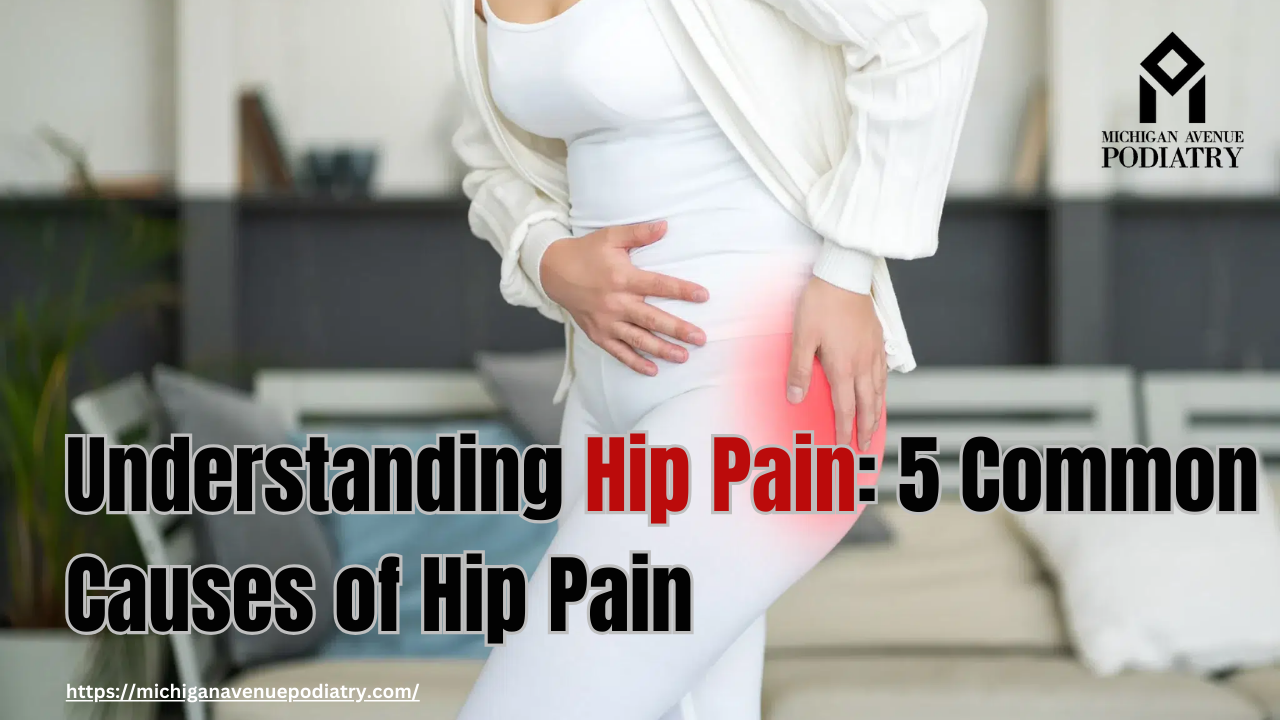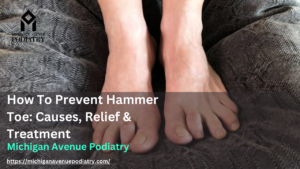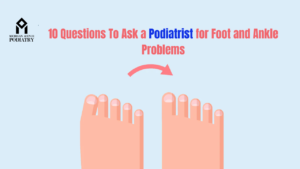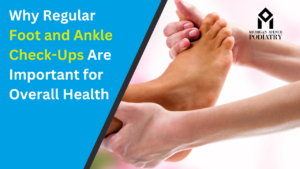Hip pain can significantly impact mobility and quality of life, making it essential to understand its underlying causes and treatment options. In this informative guide, we’ll explore 5 common factors contributing to hip pain, along with expert advice from podiatrist experts and foot doctors on effective management strategies.
5 Common Causes of Hip Pain
- Osteoarthritis: Osteoarthritis, a degenerative joint disease, is a leading cause of hip pain, especially in older adults. This condition occurs when the protective cartilage that cushions the ends of bones wears down over time, leading to pain, stiffness, and decreased range of motion in the hip joint.
- Bursitis: Hip bursitis is inflammation of the bursae, small fluid-filled sacs that cushion the hip joint and reduce friction between tissues. Repetitive activities or prolonged pressure on the hip, such as running or sitting for extended periods, can irritate the bursae, leading to pain, swelling, and tenderness in the hip area.
- Muscle Strains: Strains or tears in the muscles around the hip, such as the hip flexors or gluteal muscles, can cause significant pain and discomfort. Overuse, improper stretching, or sudden movements can result in muscle strains, leading to symptoms such as pain, weakness, and difficulty walking or standing.
- Hip Fractures: Hip fractures, often seen in older adults with osteoporosis or individuals involved in high-impact activities, are a serious cause of hip pain. A hip fracture can occur due to a fall or direct trauma to the hip, resulting in severe pain, swelling, and difficulty bearing weight on the affected leg.
- Sciatica: Sciatica, a condition caused by compression or irritation of the sciatic nerve, can manifest as hip pain along with radiating symptoms down the back of the leg. Common causes of sciatica include herniated discs, spinal stenosis, or piriformis syndrome. Individuals with sciatica may experience sharp, shooting pain in the hip area, along with numbness, tingling, or weakness in the leg.
Effective Treatment Options:
- Conservative Measures:
- Rest: Resting the affected hip and avoiding activities that exacerbate pain can promote healing and reduce inflammation.
- Ice and Heat Therapy: Alternating between ice packs and heat therapy can help alleviate pain and reduce swelling in the hip area.
- Physical Therapy: Specific exercises and stretches prescribed by a physical therapist can improve hip strength, flexibility, and range of motion.
- Medications:
- Over-the-Counter Pain Relievers: Nonsteroidal anti-inflammatory drugs (NSAIDs) such as ibuprofen or acetaminophen can help alleviate pain and reduce inflammation.
- Corticosteroid Injections: Injections of corticosteroids directly into the hip joint can provide temporary relief from pain and inflammation.
- Surgical Intervention: In cases where conservative treatments fail to provide relief, surgical intervention may be necessary. Procedures such as hip replacement surgery or arthroscopic hip surgery may be recommended to repair damaged tissues and restore function to the hip joint.
Also Read: Shoes and Hip Pain: The Connection You Need to Know
Expert Advice from Podiatrist Experts
Podiatrists specialize in diagnosing and treating conditions affecting the lower extremities, including hip pain. By conducting a thorough evaluation and collaborating with other healthcare professionals, podiatrists can develop personalized treatment plans tailored to the individual needs of each patient.
Conclusion: Hip pain can stem from various underlying causes, ranging from osteoarthritis to muscle strains or sciatica. By understanding the factors contributing to hip pain and implementing effective treatment strategies, individuals can find relief and improve their overall quality of life. Consultation with podiatrist experts and foot doctors can provide invaluable support and guidance in managing hip pain and promoting optimal musculoskeletal health.
To schedule an appointment with our board-certified foot and ankle specialists, Book Your Appointment Now




